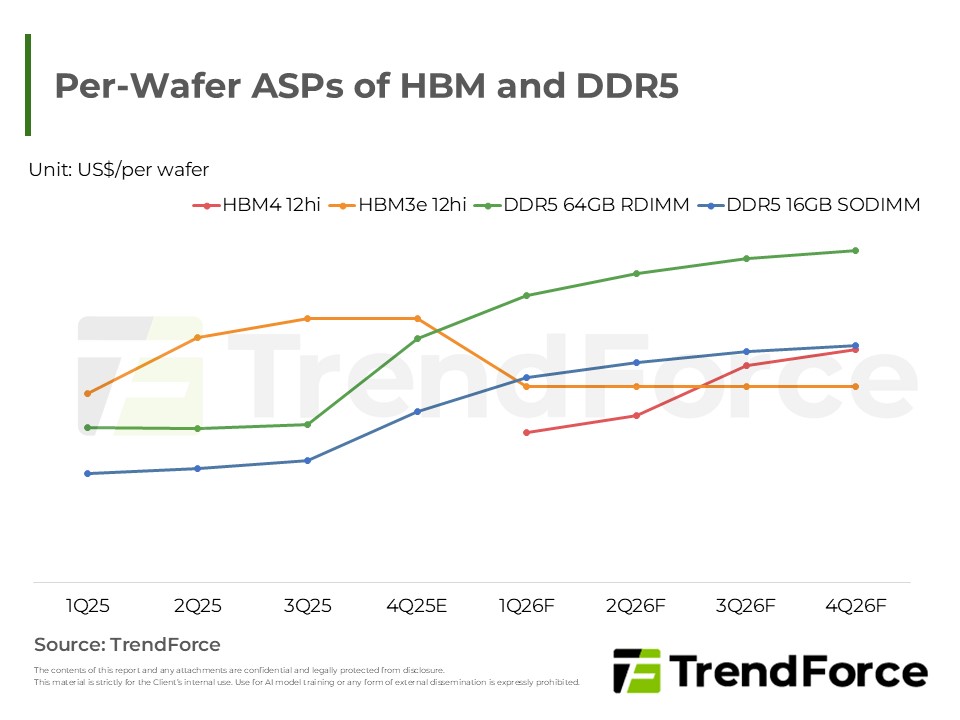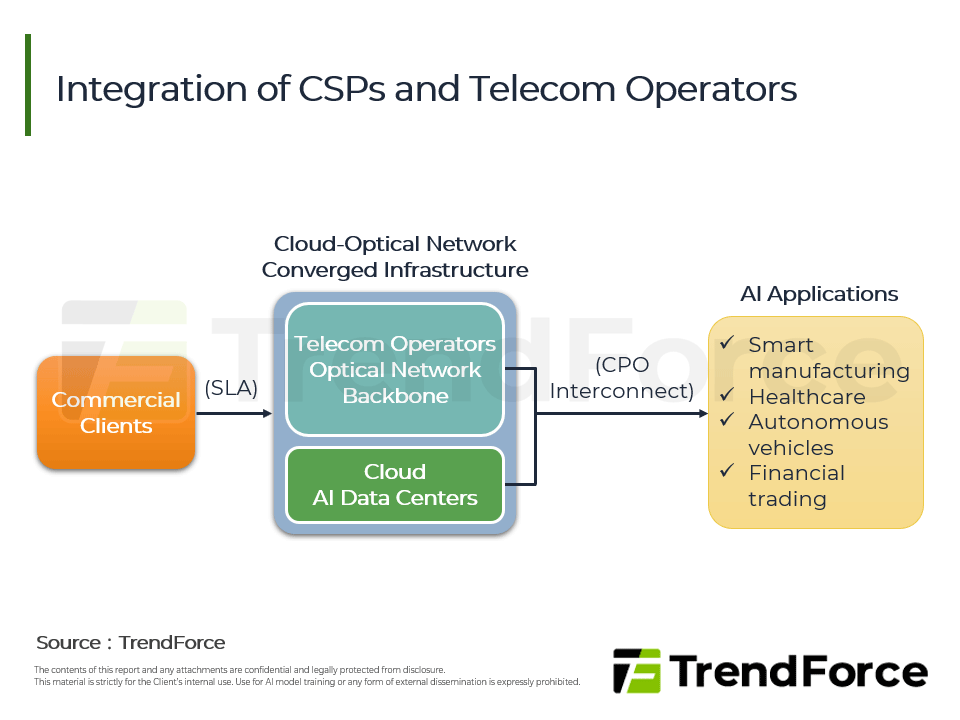Trends in Development of Post-Quantum Cryptography
Last Modified
2023-06-28
Update Frequency
Not
Format
Summary
Currently, there are two encryption methods that are capable of resisting quantum attacks. The first is quantum cryptography that is based on quantum mechanics, while the other is post-quantum cryptography (PQC) that centers on a new class of hard mathematical problems. At the present stage, the overall benefits provided by PQC surpass those of quantum key distribution (QKD) because the underlying basis of the encryptions enabled by PQC is algorithms that quantum computers cannot break. Furthermore, PQC can be deployed with existing computing equipment. By contrast, QKD faces certain difficulties in terms of the development and setup of the related specialized equipment because quantum technology has yet to reach maturity. A considerable length of time as well as a significant amount of resources are needed to achieve widespread use for QKD.
Table of Contents
1. Rapid Development of Quantum Computers and Its Significant Impact on Security of Existing Encryption Systems
(1) Symmetric Encryption and Public-key Cryptography as Today’s Primary Encryption Mechanisms
(2) Physical Properties of Quantum Systems Can Quickly Solve Hard Mathematical Problems
2. Quantum Cryptography and Post-quantum Cryptography as Two Main Quantum-resistant Encryption Technologies
(1) Quantum Cryptography
(2) Post-quantum Cryptography
(3) Major Technology Companies Involved in Relevant Research
3. TRI’s View
(1) Post-Quantum Cryptography Is Currently Mainstream in Field of Quantum-resistant Encryption
(2) Focus of Future Development Is on Quantum Encryption in Cloud Environments
<Total Pages:10>

Category: Computer System
Spotlight Report
-
DRAM/NAND Flash 2026 Capex: AI-Driven Revisions, Capacity Limited

2025/11/07
Selected Topics

PDF
-
2026 NAND Flash: AI & HDD Shortage Ignite Price Surge

2025/10/07
Selected Topics

PDF
-
DDR5 Supply Shortfall Drives Prices Higher; 2026 Profits Will Surpass HBM3e

2025/10/22
Selected Topics

PDF
-
High-Capacity SSDs Emerge: AI Storage Solutions & NAND Flash

2025/09/18
Selected Topics

PDF
-
High Server DRAM Demand Drives Expansion by Major Suppliers

2025/11/24
Selected Topics

PDF
-
Nearline SSD Rise: HDD Gap Fuels AI Data Center Reshaping

2025/09/22
Selected Topics

PDF
Selected TopicsRelated Reports
Download Report
USD $2,000
Membership
- Selected Topics
- Selected Topics-0029_Trends in Development of Post-Quantum Cryptography
Spotlight Report
-
DRAM/NAND Flash 2026 Capex: AI-Driven Revisions, Capacity Limited

2025/11/07
Selected Topics

PDF
-
2026 NAND Flash: AI & HDD Shortage Ignite Price Surge

2025/10/07
Selected Topics

PDF
-
DDR5 Supply Shortfall Drives Prices Higher; 2026 Profits Will Surpass HBM3e

2025/10/22
Selected Topics

PDF
-
High-Capacity SSDs Emerge: AI Storage Solutions & NAND Flash

2025/09/18
Selected Topics

PDF
-
High Server DRAM Demand Drives Expansion by Major Suppliers

2025/11/24
Selected Topics

PDF
-
Nearline SSD Rise: HDD Gap Fuels AI Data Center Reshaping

2025/09/22
Selected Topics

PDF








